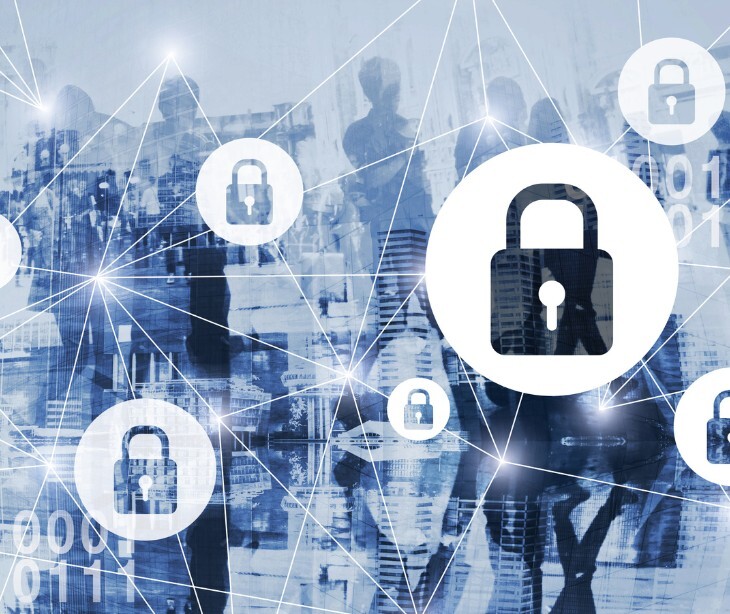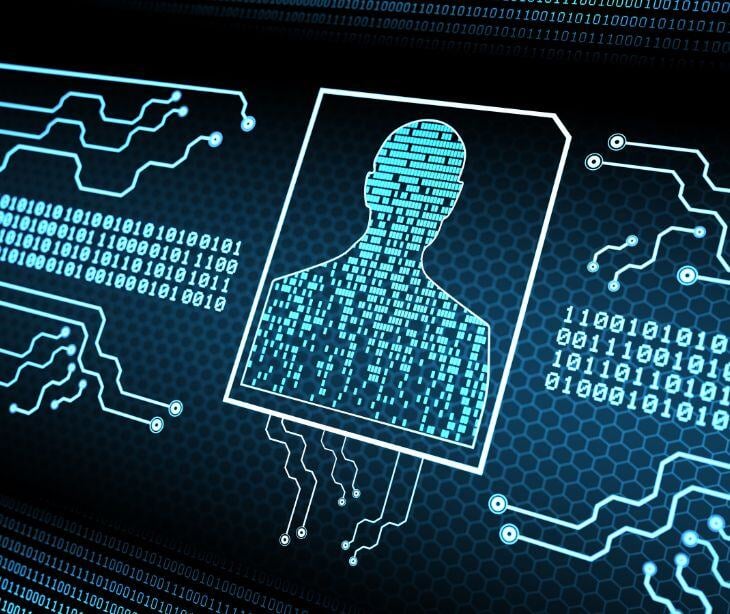
The rise of bring-your-own-device (BYOD) policies in healthcare settings creates unique security challenges for protecting patient information. With 85% of healthcare workers using personal devices for work-related tasks, according to a recent healthcare study, organizations must balance convenience with HIPAA compliance and data security.
Learn more: What is the 'bring your own device' policy in healthcare?
The BYOD challenge
Healthcare organizations must balance employee device preferences with security protocols. Research shows that mobile devices are involved in 48% of healthcare data breaches. Leading to a need for robust BYOD policies.
Go deeper: Challenges and advantages of Bring Your Own Device (BYOD)
Security risks
Device loss and theft
Lost or stolen devices pose significant risks to patient data security. A single misplaced smartphone containing unencrypted PHI can result in a reportable breach under HIPAA, potentially leading to significant fines and reputational damage.
Unsecured networks
Healthcare workers accessing patient data through public Wi-Fi networks create vulnerability points for data interception. Organizations must implement measures to ensure secure connections, regardless of location.
Related: Wi-Fi security tips to safeguard patient data
Mixed use concerns
When personal and professional data coexist on the same device, healthcare workers must maintain clear boundaries because they might inadvertently expose PHI through personal apps or cloud storage services.
Read more: Is sharing PHI on personal devices safe?
Security measures
Mobile device management (MDM)
Healthcare organizations must implement comprehensive MDM solutions to protect patient data on personal devices. These systems enable remote wiping of devices, enforce encryption, and monitor compliance with security policies.
Access control
Strong authentication measures form the foundation of mobile device security. Multi-factor authentication, biometric verification, and automatic logout features help prevent unauthorized access to sensitive information, even if devices are lost or stolen.
Encryption requirements
All PHI stored or transmitted on mobile devices must be encrypted to HIPAA standards. This includes emails, text messages, and any stored patient records. Organizations should implement automatic encryption tools that secure data without requiring additional steps from users like Paubox Email Suite.
See also: Encryption methods in healthcare
FAQs
What are the minimum security requirements for BYOD?
Devices must have encryption, strong passwords, remote wiping capabilities, and automatic screen locks. Organizations should also require regular security updates and anti-malware protection.
How can organizations protect patient data on personal devices?
Through a combination of technical controls (MDM, encryption) and administrative measures (policies, training). Regular monitoring and updates ensure continued protection.
What happens if a personal device with PHI is lost?
Organizations must have clear procedures for immediately reporting lost devices, remotely wiping data, and assessing potential breach notification requirements under HIPAA.


%20(76).jpg)

